It is currently dry season in every part of my country, Nigeria. This invariably means there is no rain and you have the dry dusty harmattan weather conditions.
This particular season of the year is one in which there is low or no farming activities across the country. The little farming activity going on is surviving mostly on irrigation system of farming which means the use of artificial water supply as a means of farming.
The irrigation form of farming can be difficult especially in a country where even the supply of water to households is difficult not to talk of providing water to plants.
For most farmers that practice this form of farming, the location of their farms are mostly unique in a certain kind of way. These farms are seen or located close to large bodies of water which makes the supply of water to the farms easy to a certain level.
Well, while it is difficult practicing irrigation system of farming, making it happen is not entirely impossible to do it
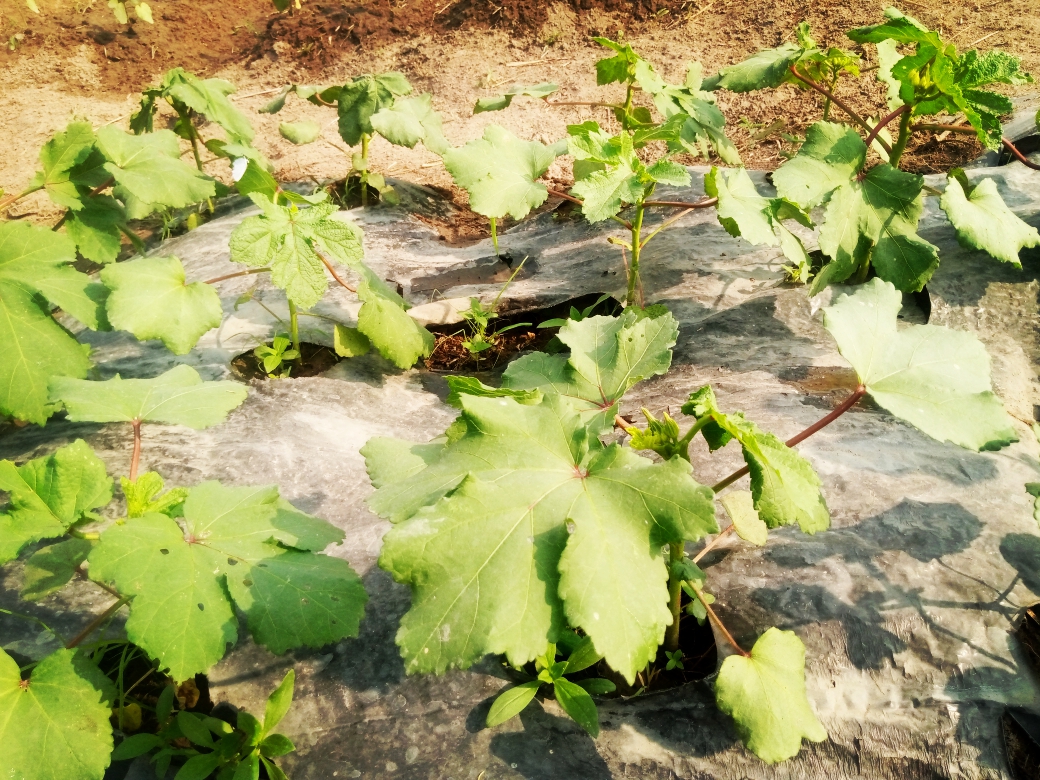
I decided to plant okra in my farm but with a little experiment attached to it. I concluded that since it is currently dry season which means no form of rain whatsoever and my only source of watering my plant is through artificial irrigation, let me try to see different forms by which water retention levels can be improved upon in the farm.
So I did a small research and I found out that you can use some materials to improve on water retention in the farm and I picked two out of such materials to work with.
The first material is sawdust
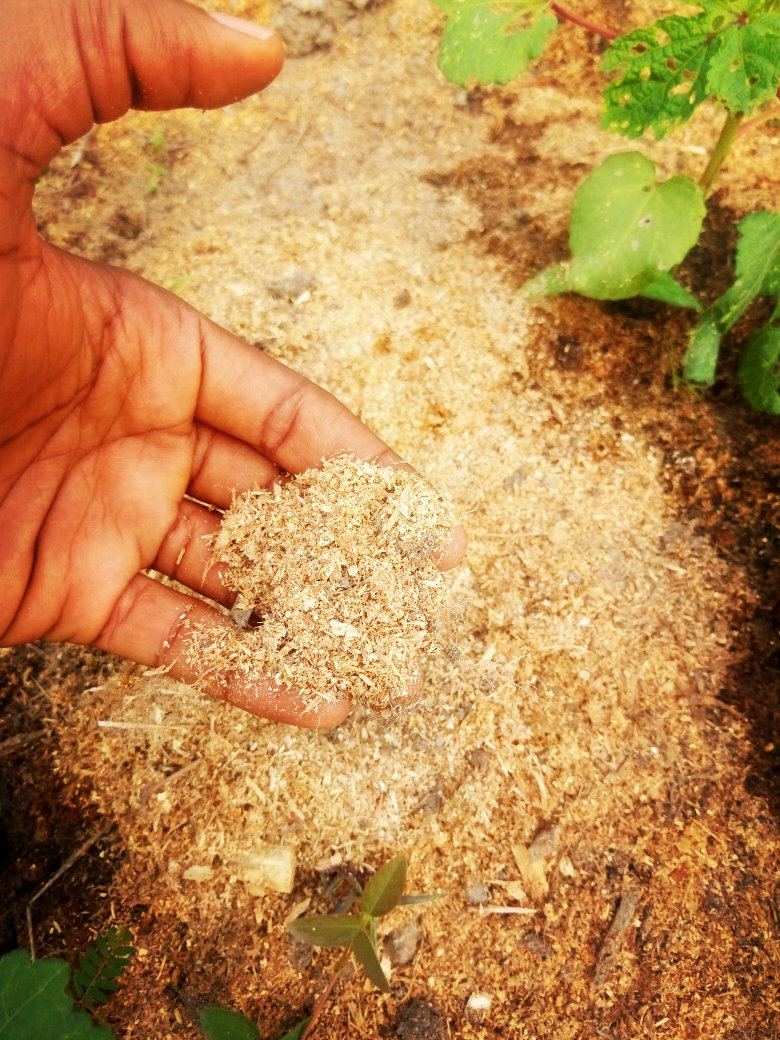
The second is polythene nylon
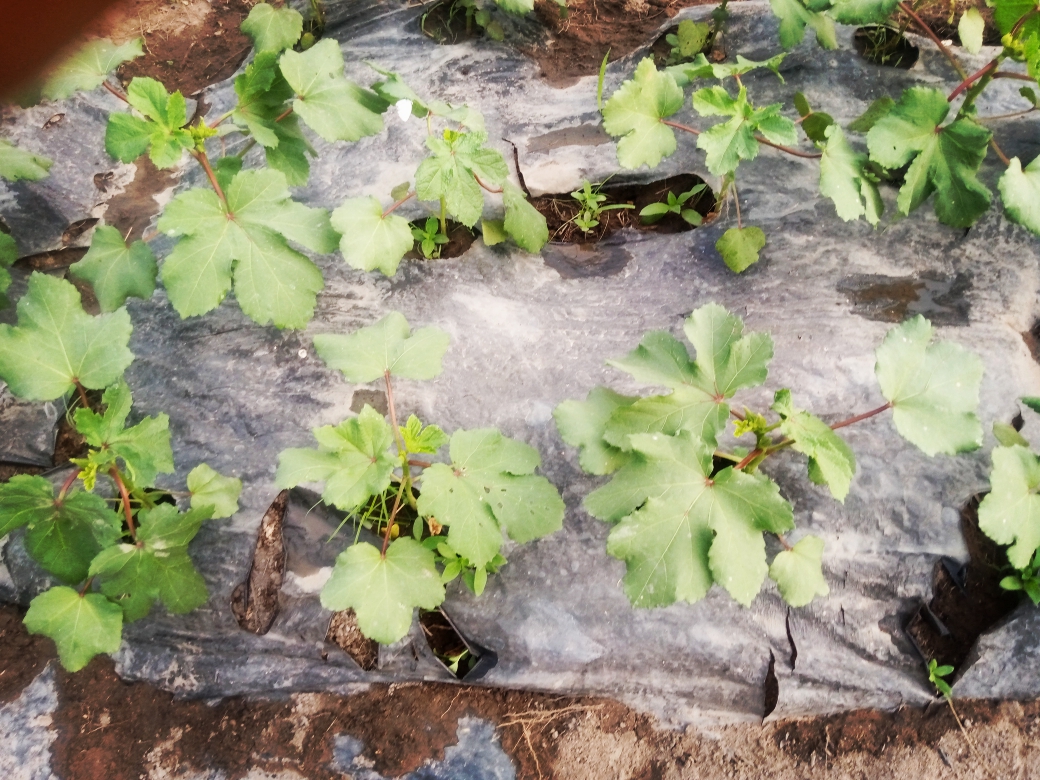
After picking the materials I will make use of, I shared my farm into three separate portion one for the use of sawdust, one for polythene nylon and the other which will just be ordinary i.e won't make use of any water retention material.
I cleared my farm, made beds for planting the okra seeds and I applied the water retention material on the first two portions.
This then followed a daily routine of watering the farm with equal volume of water on each portion.
It also involved weeding of the farm every two weeks.
After a month and one week here is what I observed.
I discovered that the portion which was doing fine the most was the portion I used the polythene nylon to cover. The okra on this portion was much bigger and greener and looked more healthy than others


The second portion which was doing good also but not as the portion with polythene nylon is the portion where I made use of sawdust as the sawdust acted as a form of water retention material to the okra
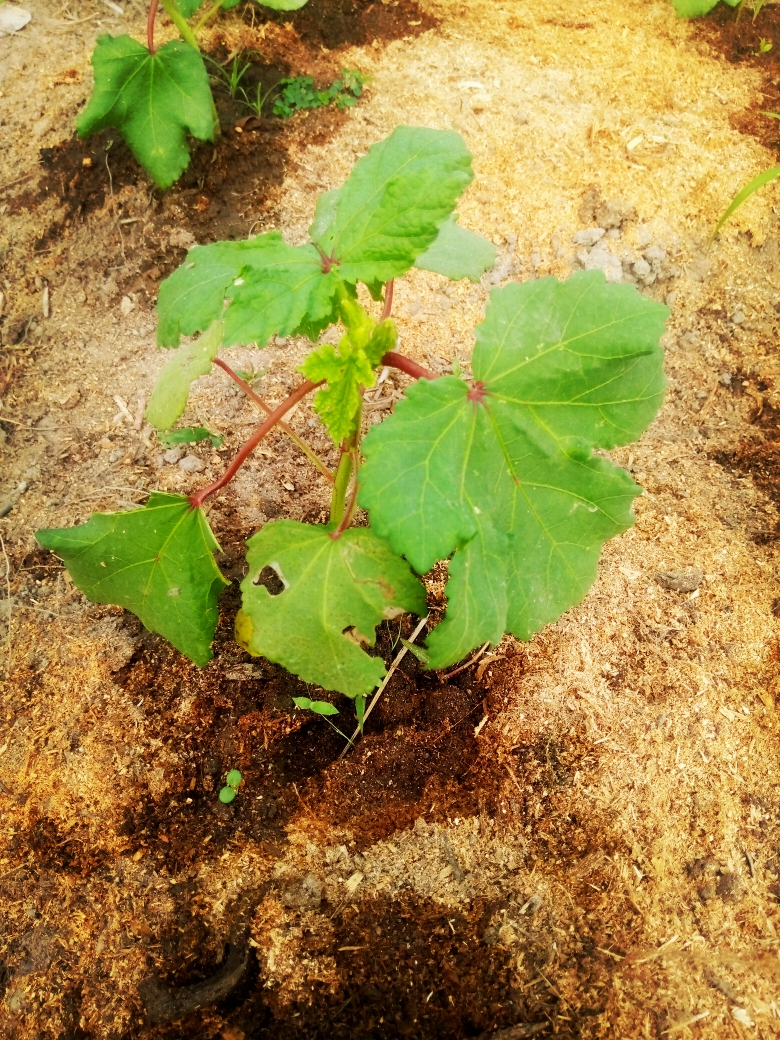
And of course the last which was the portion with no water retention material on it which to some extent was struggling a bit
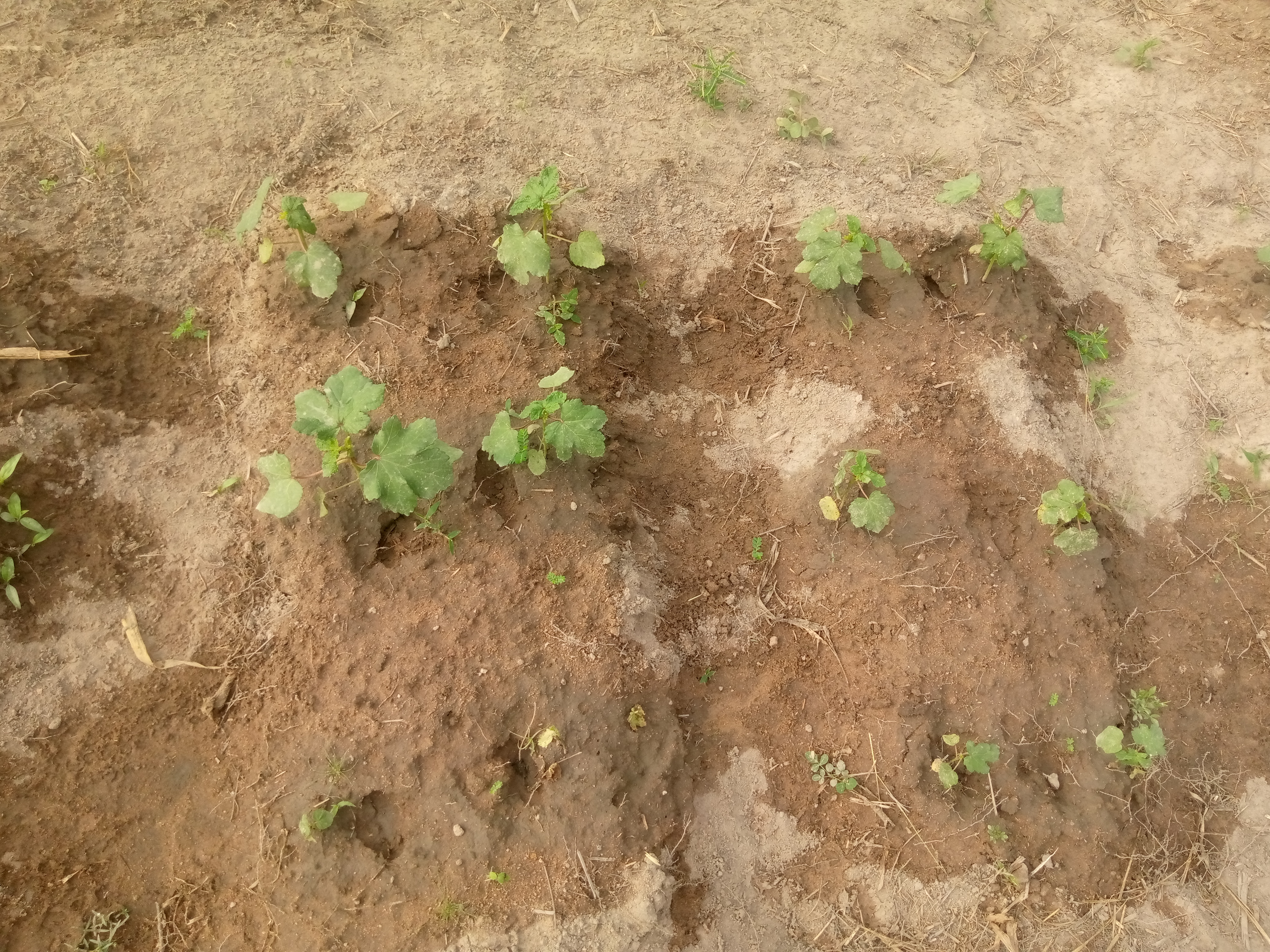
Well in a few weeks time I will be looking to harvest fresh okra from my farm and am eagerly looking forward to it. It's been nice doing this little experiment and i had fun while learning.
Thank you all for viewing, liking and reblogging this post✨♥️♥️

I love this. Please how do you apply the polythene nylon?
From the pictures, it is obviously very effective.
Basically before planting, I spread the polythene nylon on the beds then I create holes on it at hr exact spot that I want to plant my okra seed. In order for the polythene to stick to the ground and not get blown away by air, I'll fill the edges with sand to hold it down. That's is basically
@tipu curate
Upvoted 👌 (Mana: 19/49) Liquid rewards.
Thanks for the upvote❣️
♥️♥️♥️🙏🙏